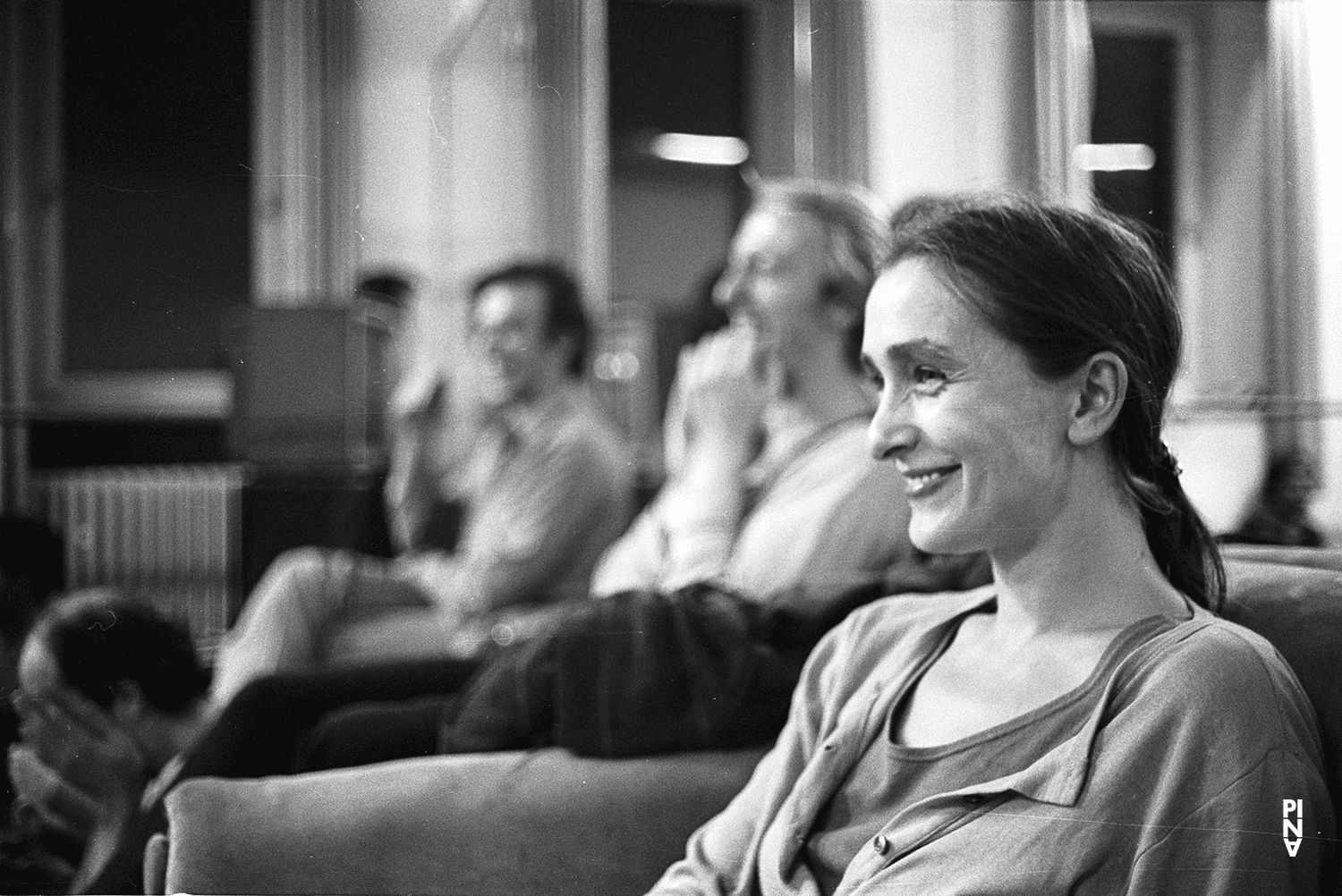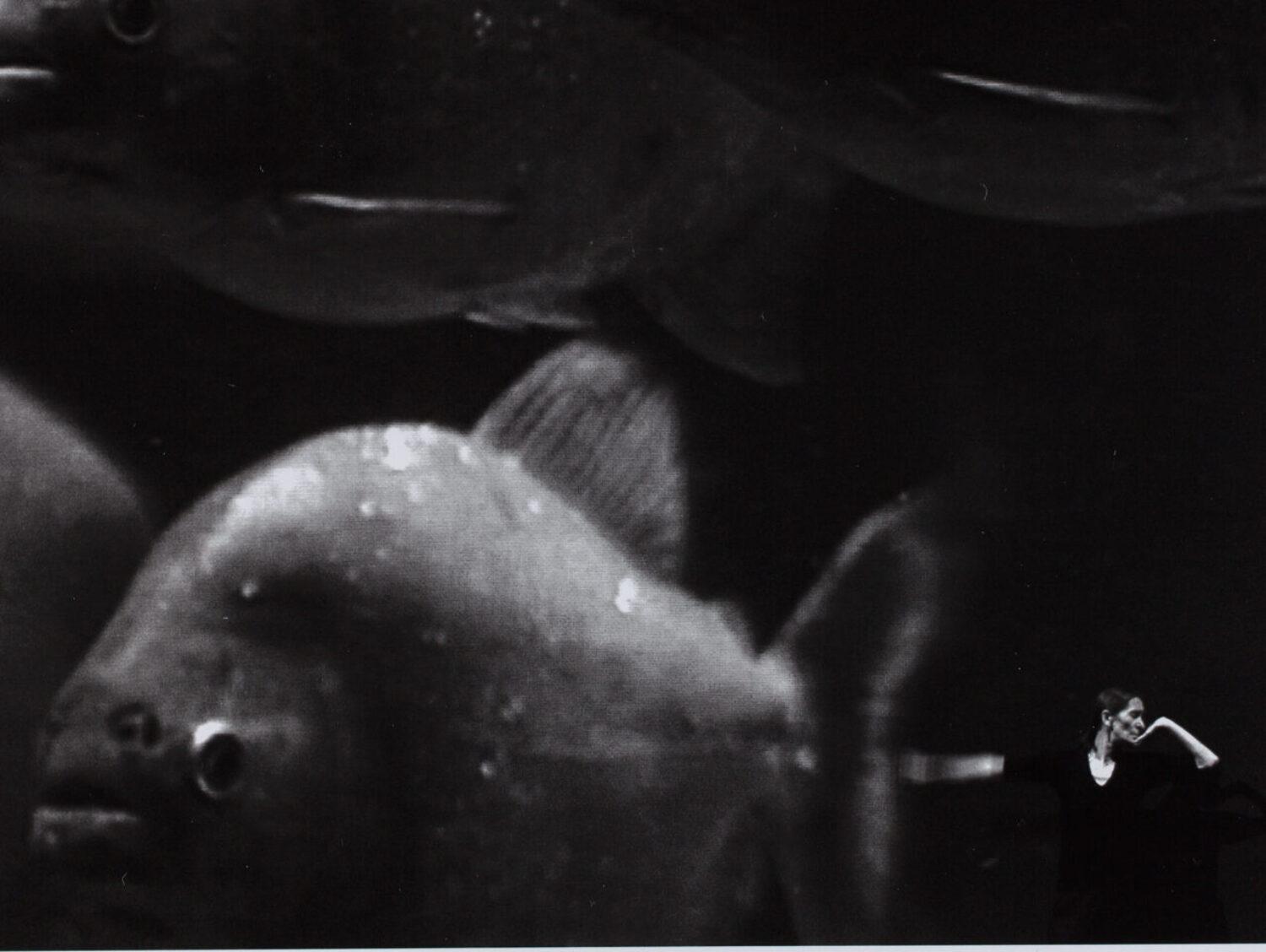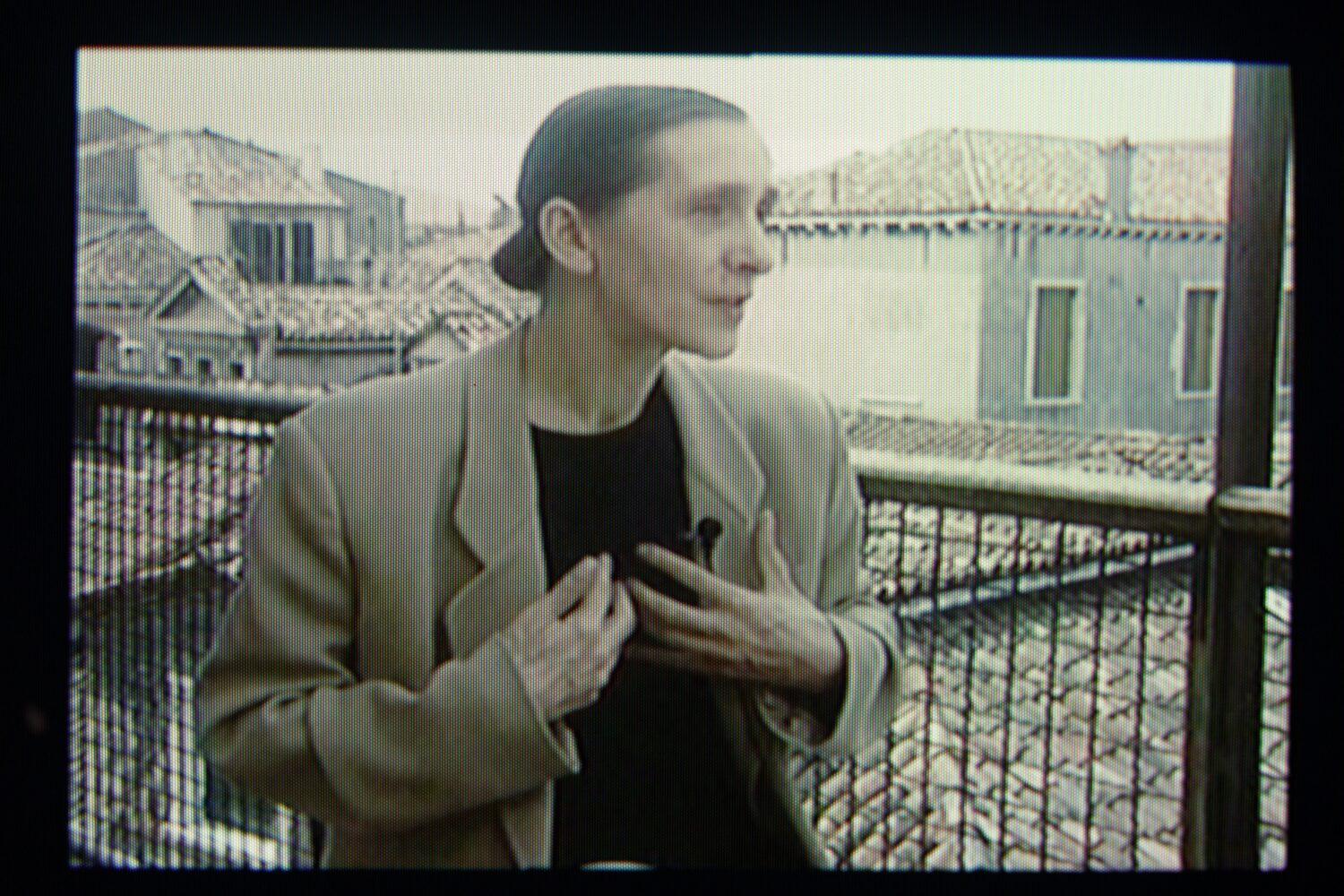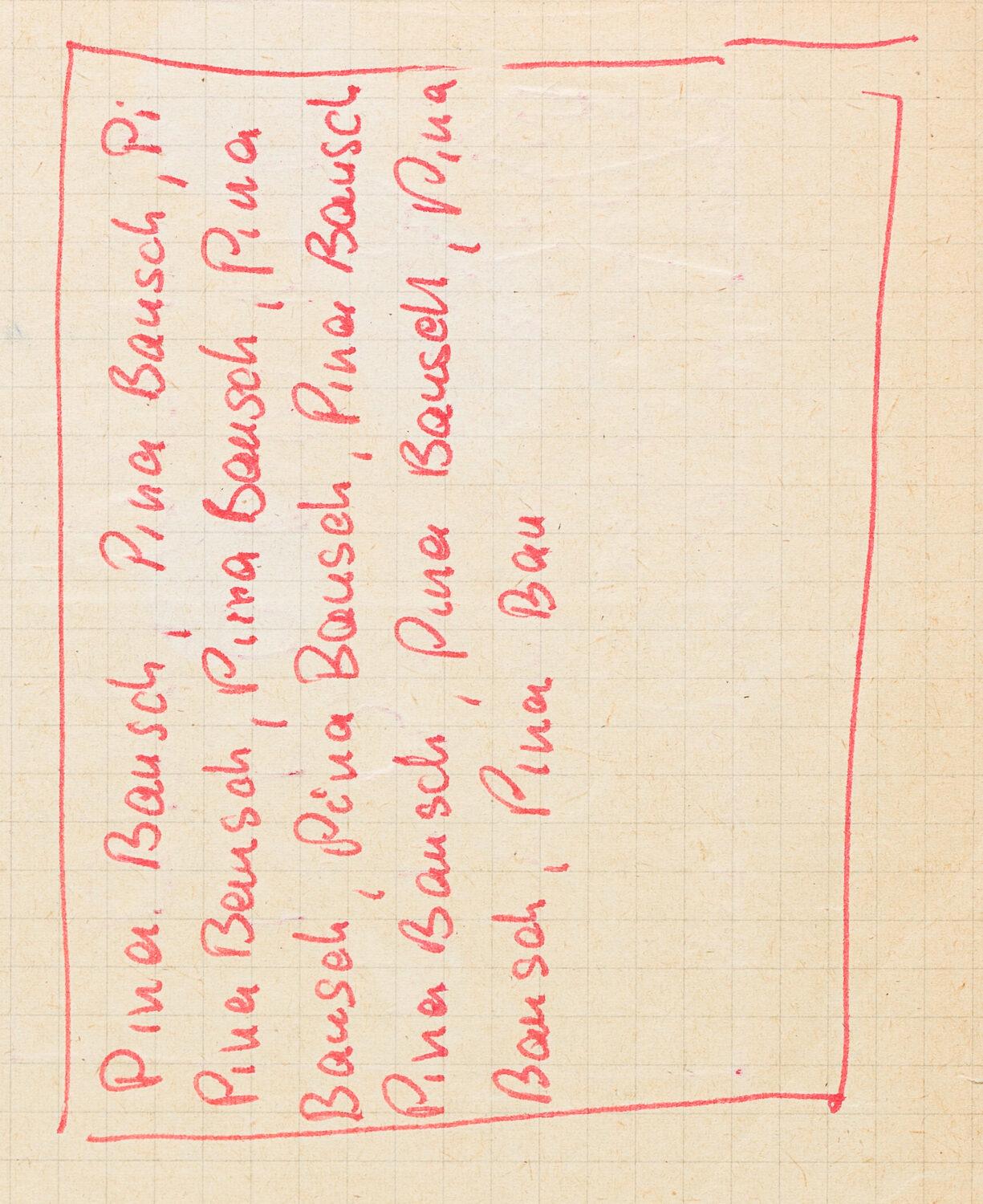Talking about people through dance –
The life story of Pina Bausch
Pina Bausch was born in Solingen in 1940.
She died in Wuppertal in 2009.
She became 68 years old.
Pina Bausch directed the Tanztheater Wuppertal for many years.
She is one of the most famous dancers and choreographers.
[Choreographer means:
Someone makes dance pieces.
The person decides, for example:
What happens on stage?
How do the dancers dance the piece?]
Pina Bausch has received many important awards and honors for her work.
Pina Bausch was born in Solingen in 1940.
At birth she is called Philippine Bausch.
Pina is her nickname.
She later becomes known around the world by this nickname.
Pina Bausch's parents have a hotel in Solingen.
Pina and her siblings help out there.
There she learns to observe people.
Pina is interested in:
What moves people deep inside?
What makes them happy?
What do they long for?
What are they afraid of?
These questions interested Pina Bausch even as a child.
And also later in her work with dance theater.
Pina Bausch danced in the Solingen Children's Ballet.
At the age of 14, she begins her dance training.
At the Folkwang Hochschule in Essen with Kurt Jooss.
Kurt Jooss teaches dance in a new way.
More freely.
And in close connection with other arts such as opera, music, acting, sculpture, painting, photography and design.
Pina Bausch is already very successful in her studies.
She wins a prize.
And she gets a scholarship.
That means:
She gets money to study abroad.
She studies for some time in New York in the USA.
Many very famous dancers are her teachers there.
Pina Bausch is enthusiastic about life and art in New York.
After her studies she gets a job at the Metropolitan Opera.
Music always plays a big role in her work.
She likes it:
In the USA, no distinction is made:
What is serious music?
What is entertaining music?
All music can express deep feelings.
And all music has the same value.
After 2 years Kurt Jooss asks Pina Bausch to come back to Essen.
Pina Bausch comes back and dances in his pieces.
They develop new pieces together.
There are not enough dance pieces for the Folkwang Dance Studio.
Therefore Pina Bausch makes her first own dance pieces.
Soon Pina Bausch works in Wuppertal for the first time.
First as a guest.
Then she is hired by Arno Wüstenhöfer.
From 1973 on, she directs the Tanztheater Wuppertal.
Pina Bausch changes the way dance is done in the dance theatre.
Her dance pieces are honest.
Free.
Exact.
And full of great emotions.
It's about love.
About fear.
About desires.
And about longing.
Their pieces look at reality.
And at the same time they remind of images from a dream.
This form of dance is very new for the audience at that time.
The spectators do not know:
How should they think about it?
They protest.
The reports in the newspapers are horrified at first.
But Pina Bausch knows:
She has found her way of working.
And more and more people around the world understand her work.
The great changes in dance.
Pina Bausch and her art are becoming more and more famous.
Pina Bausch herself says about dance theatre:
"It's about something in which we can meet."
Pina Bausch lives together with Rolf Borzik.
He is her partner.
And they work together.
He makes stage sets and costumes for the dance theater.
He turns the stage into a landscape.
He brings water onto the stage.
Leaves and peat.
[Peat comes from bogs.
It is formed from decayed plant remains.]
He builds old rooms.
He creates new rooms.
His costumes are elegant.
And crazy.
They are light.
Big evening gowns.
Disguises.
You see reality and everyday life in the stage pictures and costumes, too.
But they are more than that.
They create a world of their own.
And they shape how the world sees dance theater.
Rolf Borzik dies in January 1980.
Peter Pabst and Marion Cito take over his work.
Peter Pabst makes the stage sets.
And Marion Cito does the costumes.
The dance theater collaborates with artists from all over the world.
The pieces are shown in many different countries.
At first, many people were against Pina Bausch's work.
Now she is world famous.
Her work treats all people with the same respect.
She gives people courage.
It creates peace and understanding.
It is a theater without prejudice.
It shows life in all its diversity.
Every piece is a journey.
Always surprising and new.
The human being is the center of art.
There are no limits.
Pina Bausch is awarded many prizes and honors for her work.
In many countries of the world.
For her art.
And for her life's work.
In other words, for what she created.
Pina Bausch dies on June 30, 2009.
She is one of the most important choreographers of her time.
This text was written by Anne Leichtfuß.
It is based on a text by Norbert Servos.



